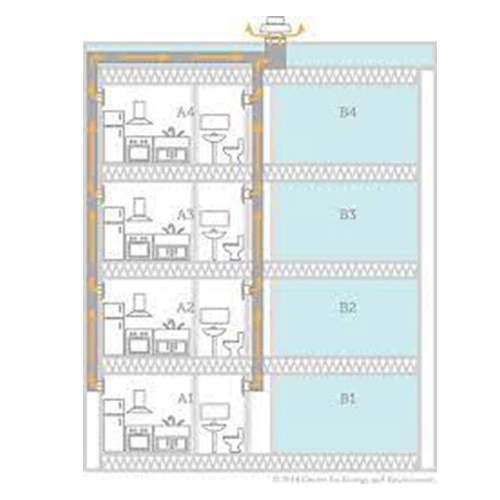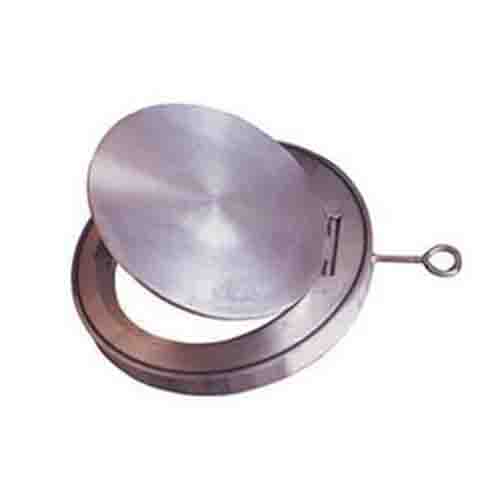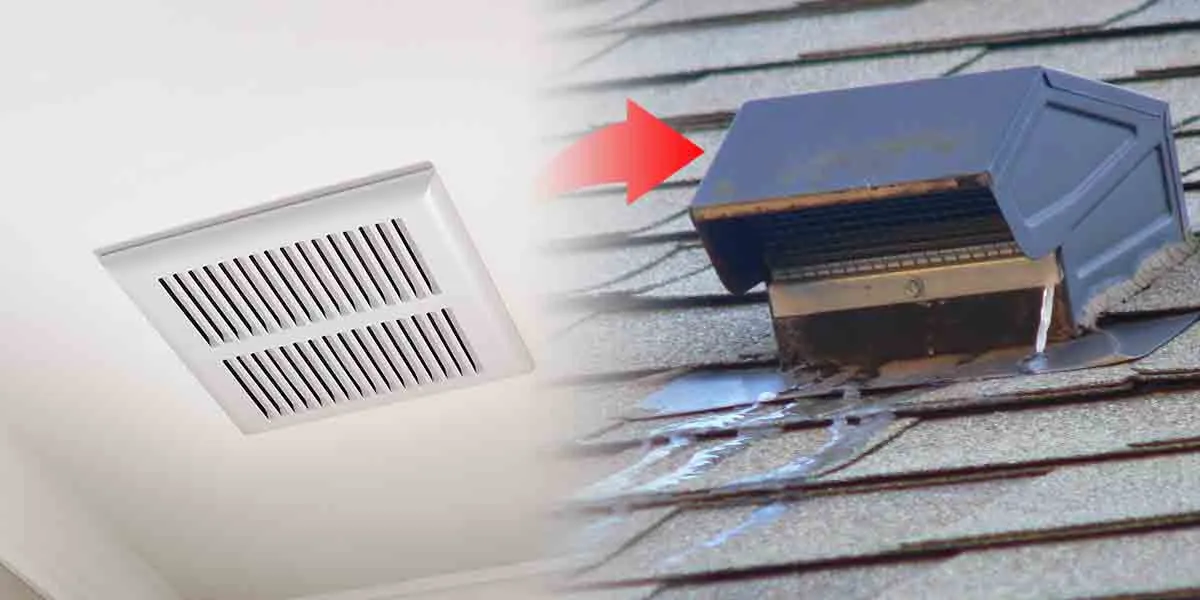Is your bathroom fan making noise even though its turned off? This is a common annoyance, but also usually harmless. You would expect your bathroom fan to be silent, but things like wind can cause unexpected noises from the fan.
A bathroom exhaust fan will start to make weird noises as it gets older; a build-up of dirt over time, faulty components, loose parts, alignment issues, etc. These things are normal to hear when your bathroom fan is running.
However, it becomes surprising when you hear your exhaust fan making noises when it is off. Are you experiencing going to your bathroom and suddenly hearing squeaking or banging noises? Did you immediately know where the sound was coming from? What was your reaction?
At first, I was scared to hear those weird noises as we really do not expect our exhaust fan to make noise when it’s off. But after taking a closer look, I finally figured out why a bathroom exhaust fan can make noise even when it’s off. Here’s why:
Most common cause of bathroom fan making noise when off: The wind blowing outside causes the exhaust vent flapper to strike on the metal-to-metal surface. This makes a rattling, slapping or knocking sound from your bathroom fan. Depending on how close you are to the exterior of the building, it can be very loud!
Secondary cause to consider: Bathroom exhaust fans in condos are connected together in a single exhaust fan duct. This means when your neighbor turns on their bathroom exhaust fan, you may hear a low buzzing noise coming out even if your exhaust fan is off.
For myself, that was truly it; the wind blowing the vent flapper back and forth. Let’s break it down for more clarity.
Why Exhaust Fan Make Noise Even When Off? (Explained)
Condos Use Single Exhaust Fan Duct
If you are living in an apartment or condo, the most probable reason for hearing noise from your exhaust fan when it is off is the connection of bathroom fans to a single exhaust duct. What exactly does this mean for me?
In this type of vent system, a single exhaust fan is located centrally, running on the same duct. Ducts are the tubes in the HVAC system to deliver and extract exhaust air. Therefore, whenever your neighbor turns on their exhaust fan, the noise travels through the single connected duct. As a result, you could hear a low buzzing noise from their bathroom fan. Sorta annoying, I know!

Exhaust Fan Flapper Noise Due to Wind
If it’s windy outside, you might hear some banging noises coming from your exhaust fan when it’s off. What mainly causes this is the ‘vent flappers,’ also known as backdraft dampers.
It is common for all exhaust vent systems to use a flapper, which prevents outside air from entering. Spring-loaded or weighted flappers are usually used in the vent system, which gets easily picked up by the wind and drops down. This causes your exhaust fan to make a banging noise during windy times, even when turned off.

As you’ve got an idea about causes, let’s look at some of the possible fixes for a bathroom exhaust fan making noise even when off.
3 Effective Fixes On Bathroom Exhaust Fan Making Noise When Off
Add Soft Foam Around Exhaust Hood
Placing a sound-absorbing material between the flapper and exhaust fan’s hood can eliminate the noise coming. The best solution for this is to add soft foam to the exhaust fan’s hood so that whenever the wind lifts and hits the metal, it won’t make any noise.

These foams allow air to travel through the openings, absorbing the noise produced by the strike. I recommend getting this weather-stripping foam tape as it won’t come off so easily due to its strong adhesive backing and waterproofing property to survive any season.
Note: After applying the foam, verify whether the flap disk closes without leaving any gap. Otherwise, air, birds, and rodents can enter through the gap.
Add Some Weight On Flapper
Another commonly recommended method is adding weights on the flapper. Weighted flappers get difficult for the wind to lift the flap disk up and down, preventing it from making banging noises.

You can achieve this by simply sticking adhesive-backed wheel weights to the flapper’s disk. However, keep in mind that getting the flapper overweight will stop the flapper from opening when your exhaust fan turns on. What you should do then?
I recommend placing a 1/4-oz wheel weight first to check how well it works. If the weight is stopping the wind from lifting the flapper disk at the same time allowing the fan to lift an extent, then go with that setup.
Otherwise, place on another weight and verify the same again.
Replace the Existing Flapper/Damper
The old school bathroom damper (known as gravity flapper) is popular among people, but it lacks in stopping the wind from lifting the flap disk. Therefore, you need a better solution.
If you ever plan to remodel your bathroom or just want to change the existing flapper, one of the best solutions is to replace it with a spring-loaded butterfly backdraft damper.

What’s special about it?
A backdraft damper prevents noise problems because it has a rubber gasket inside that seals the air when the flapper closes, maintaining an airtight seal. Most manufacturers use rubber seals that stop air from entering your home and prevent noise leaks. Not only known for eliminating noise but also allows the air to flow in a single direction.
- Recommended: AC Infinity Backdraft Damper
Get Idea On Back Draft Damper Installation
Note: Get A appropriately sized backdraft damper that fits your air ducts. Take the help of experts if you have no idea about sizing or installation.
See Also: Ultimate Backdraft Damper Guide
Final Thoughts
Summing everything up, the reason behind noise coming from the exhaust fan even when off could be either gravity flappers getting lifted by the wind, causing it to hit the surface. Or it’s due to a single exhaust fan duct shared by your neighbors.
If you’re living in a condo (apartment), It is strictly recommended not to make any changes with proper permissions. You need to contact your condo management company (if any) to provide an effective solution. Other than that single-family homeowners can try those effective methods discussed above.
Read More



